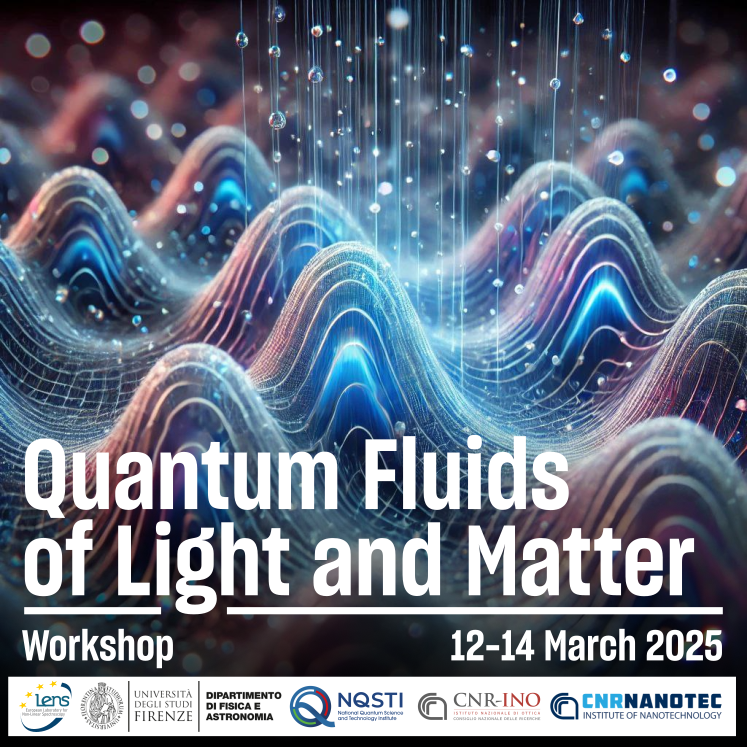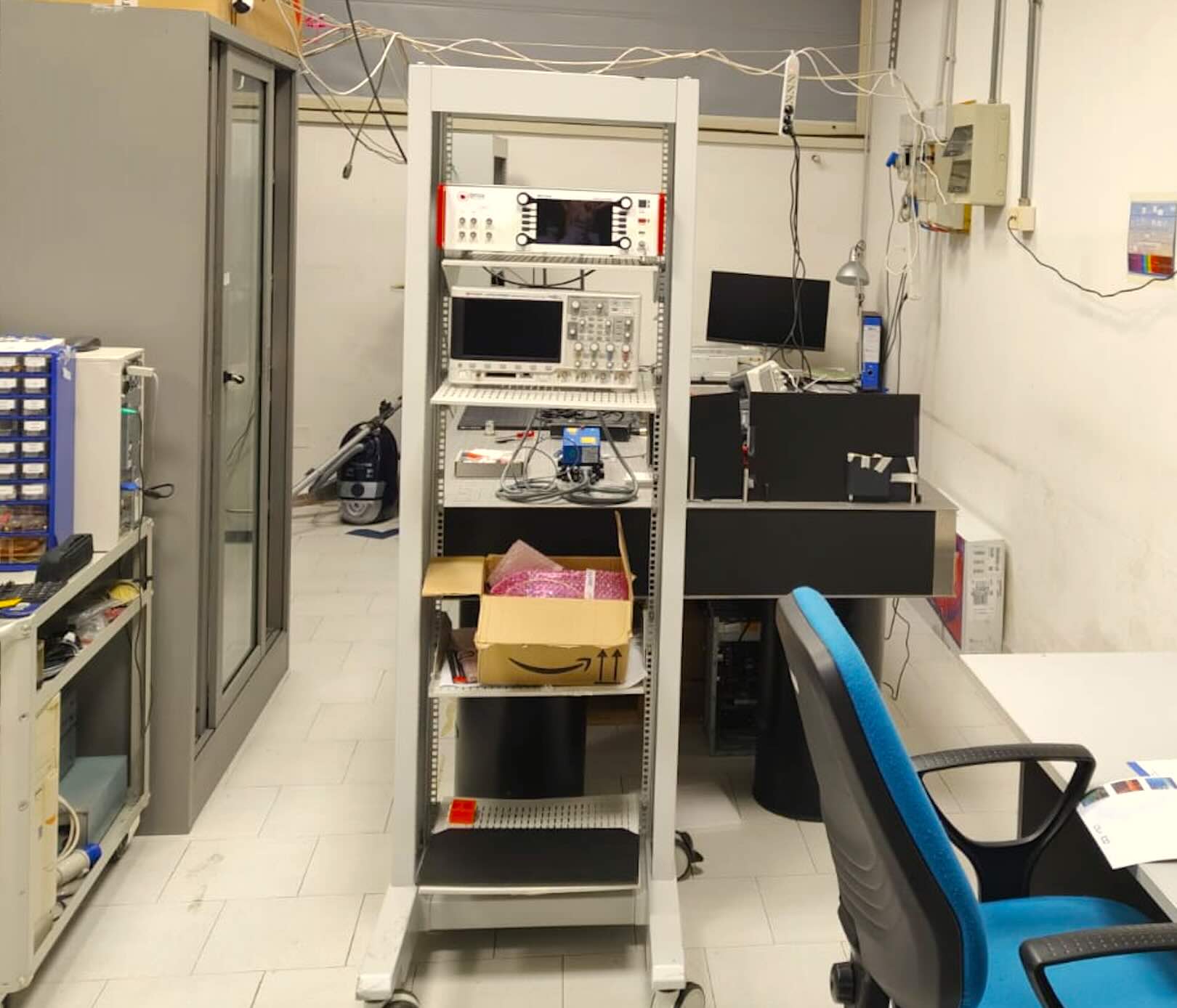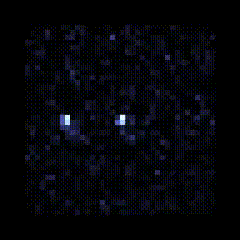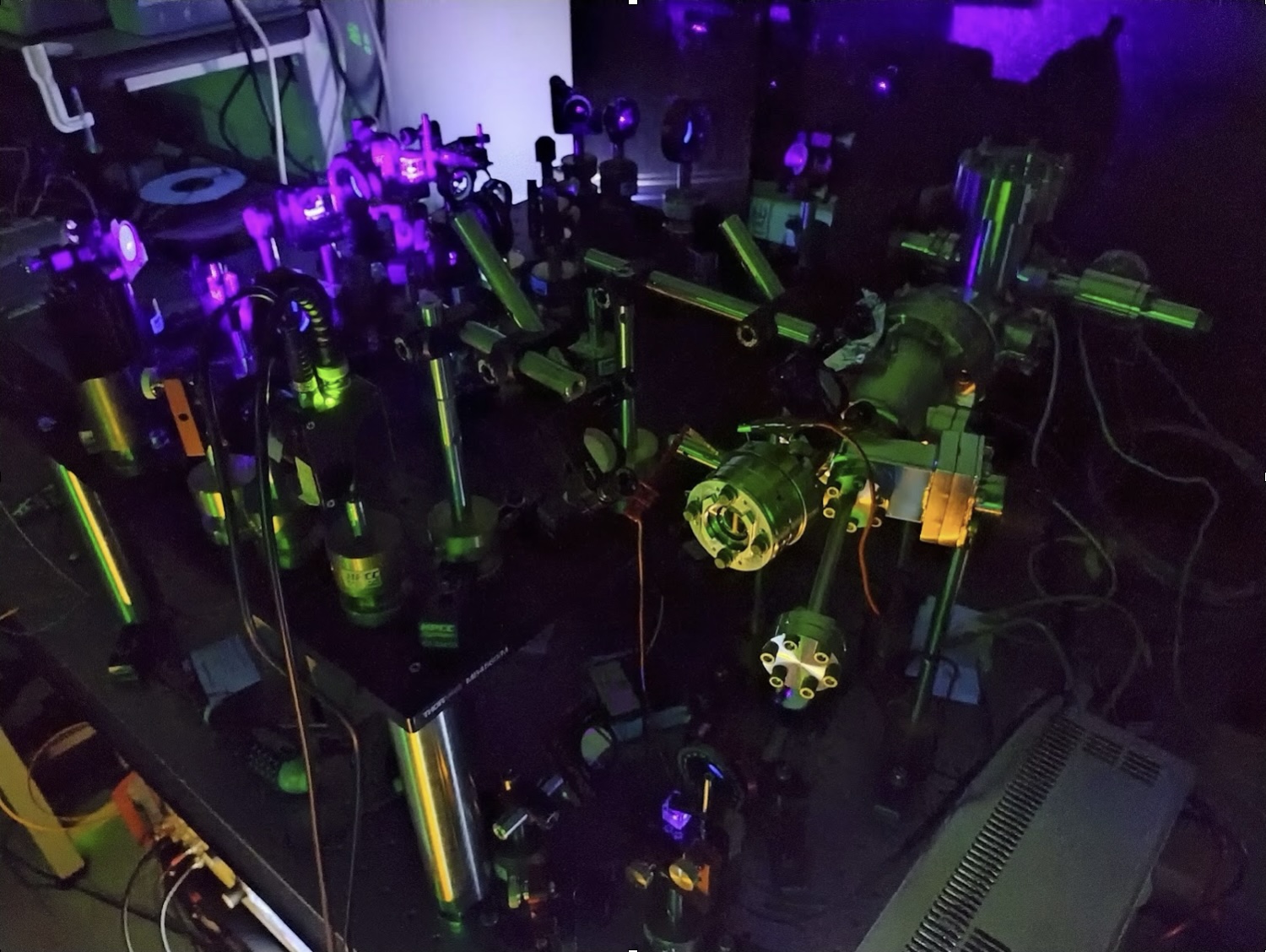 |
We are pleased to announce a scientific workshop on Quantum Fluids of Light and Matter, jointly organized by CNR-INO and CNR-Nanotec as part of the NQSTI project (Spoke 3 and Spoke 4). The event will take place from March 12-14 at LENS (European Laboratory for Non-Linear Spectroscopy) in Florence. Researchers from Lecce (CNR-Nanotec), Florence, and Pisa (CNR-INO, University of Florence, LENS) will present their latest work on quantum fluids, exploring topics at the intersection of light-matter interactions, atomic physics, and quantum gases. The workshop is designed to foster collaboration and stimulate new ideas, with ample time dedicated to discussions and brainstorming sessions. Participants will have the opportunity to tour the state-of-the-art labs at LENS, which specialize in atomic physics, quantum gases, and photonics, providing a unique chance to engage with cutting-edge experimental setups and techniques. This meeting aims to strengthen connections within the NQSTI community and inspire joint projects that push the boundaries of quantum science and technology. We look forward to welcoming you to Florence for this exciting exchange of knowledge and ideas. Here you can find the full program of the event, that you can also join remotely at this link. Scientific Committee
|
LAST NEWS
 |
We are setting up the first lasers and furniture and we are waiting for the atomic source: it's starting to look like a lab! |
 |
In the Sr Rydberg lab, we have successfully trapped individual Strontium atoms using a one-dimensional array of optical tweezers. The video demonstrates a sequence of experimental cycles, during which the presence of atoms is detected via fluorescence imaging. After loading multiple atoms in each optical tweezer, the occupancy is reduced to either zero or one atom exploiting a light-assisted collision mechanism which expels pairs of atoms. On average, we achieve 40% single-atom occupancy, with atoms randomly distributed across the array, as shown in the video. This work is a significant step towards the preparation of defect-free arrays of single atoms in optical tweezers, which will be the starting point for future quantum simulation experiments. |
 |
Our atomic source has arrived, as well as the first lasers, and testing is underway! Special thanks to Yb lab for the hospitality. |
 |
Since 2015, the Friends of Sara Lapi Association has established a Degree Award named after Sara in collaboration with the University of Florence and in particular with the "Ugo Schiff" Department of Chemistry at the Scientific Center of Sesto Fiorentino. This year's award goes to Niccolò Preti for his thesis "Towards dipolar quantum gases in a ring". Well done! more info |
